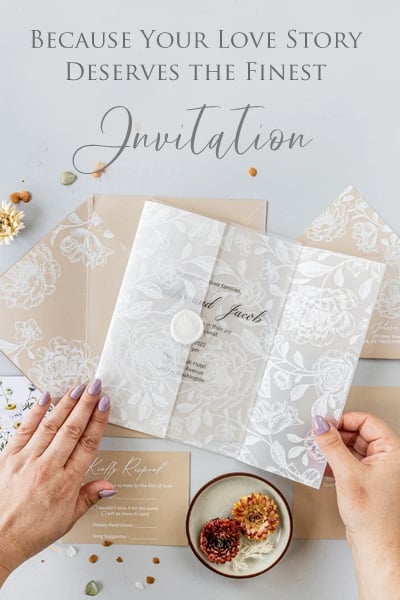
The Duration Dilemma: Exploring the Length of Catholic Weddings
In this blog, we will provide a comprehensive analysis of the length of Catholic weddings. We will begin by uncovering the history of Catholic wedding lengths and the significance of each tradition. We will then discuss the benefits of a long Catholic wedding and the challenges of a shorter one. Next, we will examine the common factors contributing to the duration of Catholic weddings. We will follow with a guide on finding balance in the length of a ceremony, and offer creative ways to shorten a ceremony without sacrificing meaning.
We will also address navigating cultural expectations, providing resources for planning the perfect Catholic wedding length, and ultimately, offer a satisfying conclusion. Throughout this blog, we will ensure that the content is captivating and reader-friendly. We will implement the main first-level outline items as section headers, and vary the structure of each section by incorporating a mix of plain paragraphs, lists, and subheadings. Let's get started on this enlightening journey!
History of Catholic Wedding Lengths
The history of Catholic wedding lengths dates back to the early days of Christianity. From the Roman Empire to the Middle Ages, the length of ceremonies varied. It was influenced by cultural and societal factors, such as social status, affluence, and the availability of clergy. In the early days, weddings tended to be shorter, focused on the exchange of vows and the blessing of the marriage.
With the Council of Trent in the 16th century, Catholic weddings became more standardized. The Nuptial Mass, which included the Eucharistic celebration, could last anywhere from 45 minutes to over an hour. Then, as the Church evolved, so did the length of its weddings. Various rites, liturgical revisions, and the influence of Vatican II further impacted the duration of these ceremonies.
Today, modern Catholic weddings can last anywhere from 30 minutes to 2 hours. The length is often influenced by factors such as cultural norms, the couple's preferences, and the priest's discretion. Yet, even in the 21st century, the history of Catholic wedding lengths still holds significance for many couples and their guests.
Benefits of a Long Catholic Wedding
Choosing a long Catholic wedding can provide numerous benefits. First, the extended duration allows for a more profound and reverential experience. Long weddings include various rites, readings, and prayers, contributing to the spiritual depth of the ceremony. This helps create a sense of awe and sacredness, making it a memorable event for the couple and their guests.
Second, a longer ceremony provides more opportunities for the couple to express their love and commitment. They may choose to include additional vows, music, or blessings, personalizing the ceremony to reflect their relationship. This extra time can also facilitate the involvement of family and friends, allowing them to participate in readings or other roles throughout the event.
Finally, a long Catholic wedding can reflect the couple's cultural heritage. Traditional ethnic customs, such as the Filipino veil and cord ceremony or the Hispanic "las arras" (coins) exchange, can be integrated into the wedding. These elements can create a beautiful and meaningful connection to the couple's background, showing respect for their ancestors and traditions.
Challenges of a Shorter Catholic Wedding
Finding Balance: Shorter weddings might not provide enough time for all the desired elements and traditions, potentially sacrificing meaning and reverence. Couples must carefully choose which elements to include, ensuring that the ceremony remains a sacred and meaningful event.
Cultural Expectations: Some family members or guests may have expectations for a longer ceremony, especially if they come from a cultural background with rich wedding traditions. It's essential to communicate the reasons for a shorter wedding and find creative ways to honor these traditions within the limited timeframe.
Guest Satisfaction: In some cases, guests may perceive a shorter wedding as less significant or enjoyable, affecting their overall experience. To address this challenge, it's crucial to focus on creating a memorable and meaningful ceremony, regardless of its length.
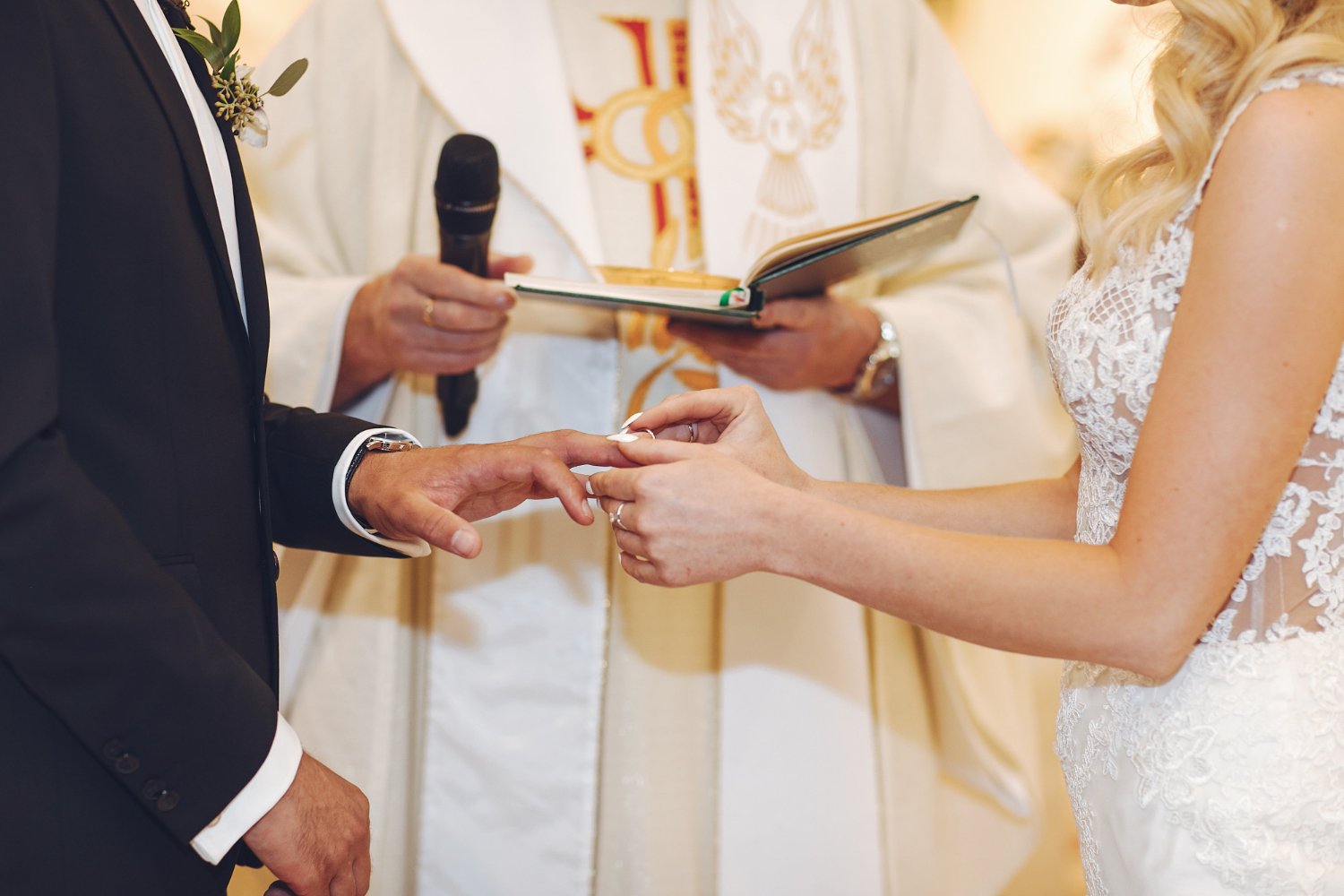
Common Factors Contributing to the Duration of Catholic Weddings
The couple's preferences: The bride and groom play a significant role in determining the length of their wedding. They may choose to include or exclude specific elements based on personal beliefs, family traditions, or practical considerations.
The priest's discretion: The officiating priest may have his style, preferences, or time constraints that can influence the duration of the ceremony.
Cultural traditions: In some cultures, weddings are expected to be lengthy, with various rituals and customs that contribute to the overall duration.
| Factor | Shorter Wedding | Longer Wedding |
|---|
| Couple's Preferences | Excluding certain elements | Including all desired elements |
| Priest's Discretion | Limited time available | No time constraints |
| Cultural Traditions | Minimal customs | Multiple rituals |
Finding Balance: Time and Factors to Consider
When planning a Catholic wedding, it's essential to strike a balance between tradition, personal preferences, and practical constraints. Consider the following when determining the duration of your ceremony:
Religious requirements: Consult with your priest to understand the essential elements required for a valid Catholic marriage. Ensure that these elements are prioritized in your ceremony.
Personal preferences: Discuss with your partner the aspects that are most meaningful to you both, and make sure to include them.
Guest comfort: Take into account the needs and comfort of your guests, particularly those with limited mobility or small children.
Creative Ways to Shorten a Ceremony Without Sacrificing Meaning
When shortening a Catholic wedding, it's important to maintain the ceremony's significance and sacredness. Here are some suggestions for achieving this balance:
Combine readings: Instead of using separate readings from the Old and New Testaments, select one meaningful passage that encompasses both testaments' messages.
Simplify music selections: Limit the number of hymns or songs during the ceremony, focusing on those that are most meaningful to the couple.
Streamline the procession: Reduce the number of attendants or have them enter as couples, shortening the time spent on the procession.
Navigating Cultural Expectations
When planning a Catholic wedding that honors both cultural traditions and modern preferences, communication is key. Be open and honest with your family and guests about your intentions and the reasons behind your choices. Emphasize the importance of maintaining the ceremony's sacredness and the need to balance everyone's expectations. By working together, you can create a beautiful and meaningful event that honors both your heritage and your unique relationship.
In conclusion, the duration of a Catholic wedding can vary greatly based on a range of factors. By understanding the history, benefits, and challenges associated with different lengths, couples can make informed decisions about their own ceremonies. With open communication, creative solutions, and a focus on preserving the sacredness of the ceremony, it's possible to strike the perfect balance for a Catholic wedding that is both meaningful and enjoyable for all involved.
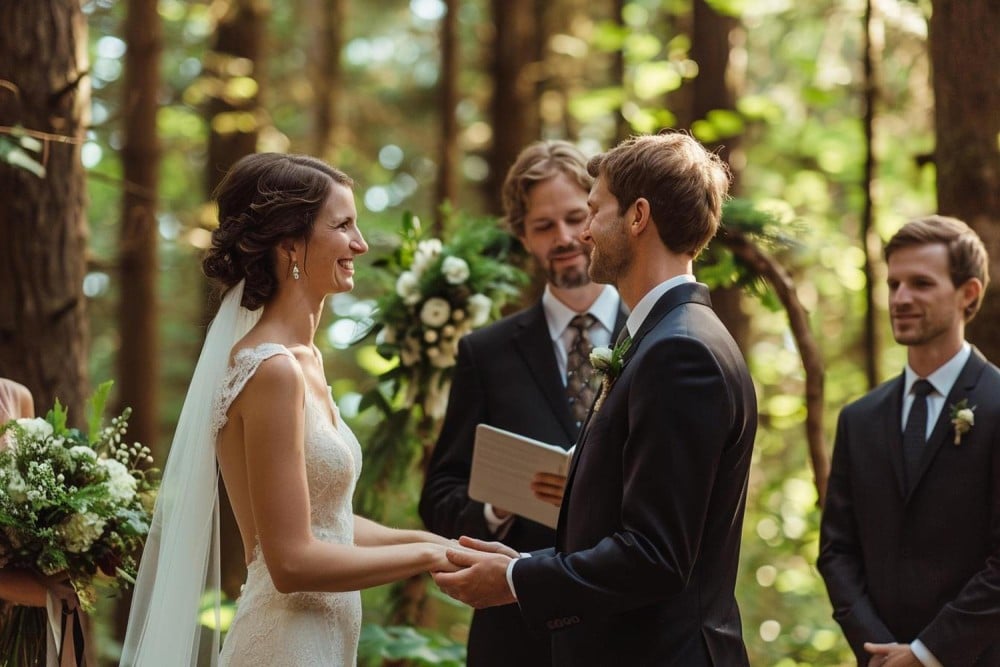 How to become a wedding officiant in tennessee ?Read more
How to become a wedding officiant in tennessee ?Read more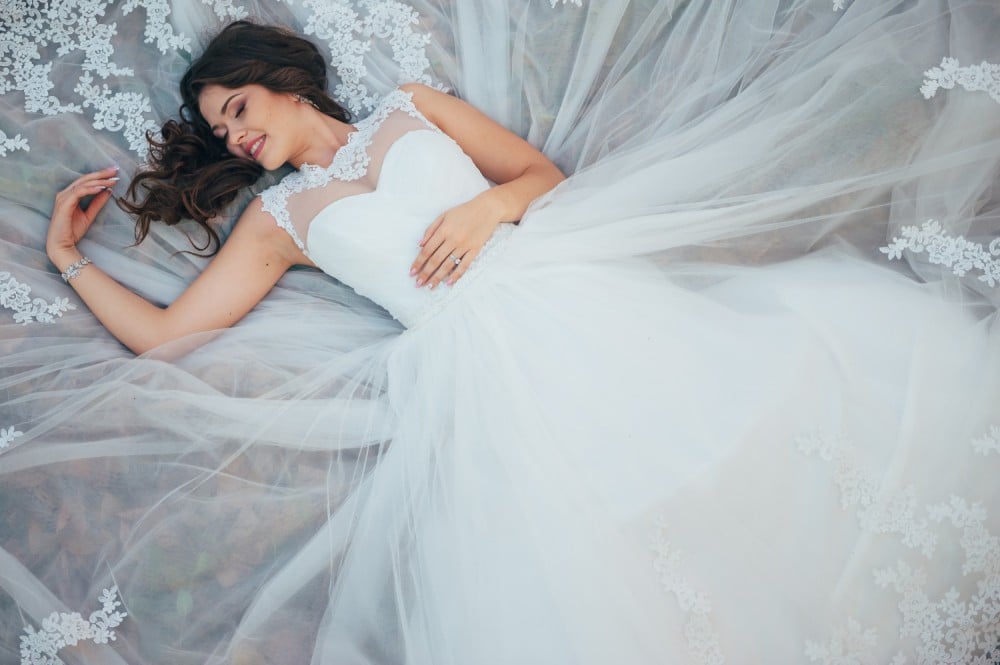 How to bustle a tulle wedding dress ?05/21/2024Posted in: Wedding Fashion & StyleRead more
How to bustle a tulle wedding dress ?05/21/2024Posted in: Wedding Fashion & StyleRead more Planning Your Honeymoon Tips for an Unforgettable Trip05/20/2024Posted in: Wedding PreparationsRead more
Planning Your Honeymoon Tips for an Unforgettable Trip05/20/2024Posted in: Wedding PreparationsRead more The Dos and Donts of Wedding Guest Etiquette05/16/2024Posted in: Wedding Traditions & EtiquetteRead more
The Dos and Donts of Wedding Guest Etiquette05/16/2024Posted in: Wedding Traditions & EtiquetteRead more The Importance of PreWedding Counseling What You Should Know05/13/2024Posted in: Wedding PreparationsRead more
The Importance of PreWedding Counseling What You Should Know05/13/2024Posted in: Wedding PreparationsRead more Can I wear beige to a wedding ?11/14/2023Posted in: Wedding Fashion & StyleOne of the most common questions when it comes to wedding guest attire is whether it's appropriate to wear beige to a...Read more
Can I wear beige to a wedding ?11/14/2023Posted in: Wedding Fashion & StyleOne of the most common questions when it comes to wedding guest attire is whether it's appropriate to wear beige to a...Read more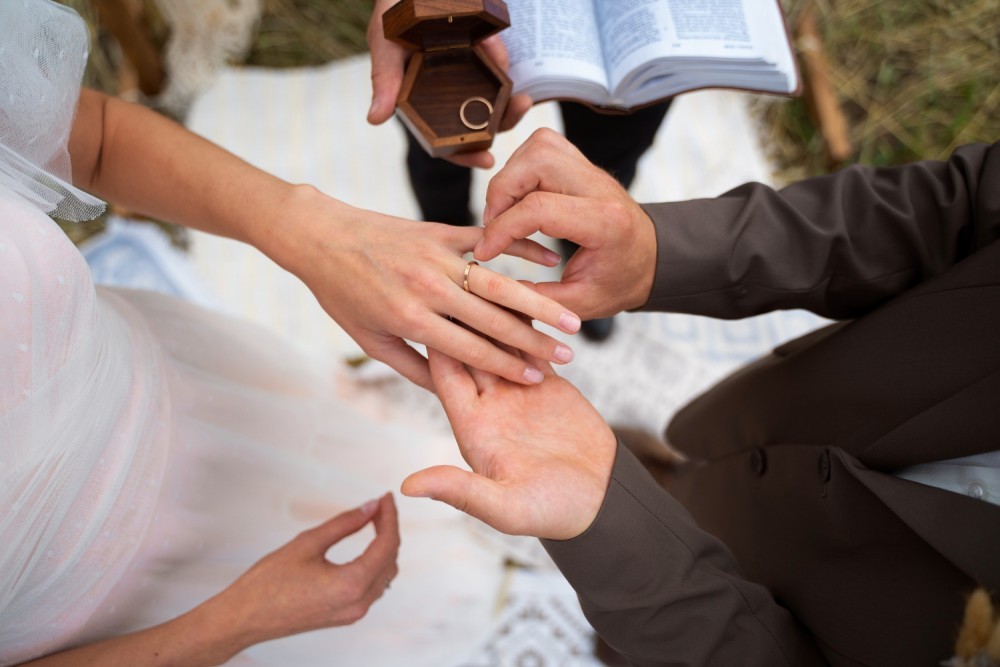 Do Jehovah Witnesses celebrate weddings ?02/29/2024Posted in: Wedding Traditions & EtiquetteJehovah’s Witnesses are known for their distinctive beliefs and practices, but what about weddings? In this...Read more
Do Jehovah Witnesses celebrate weddings ?02/29/2024Posted in: Wedding Traditions & EtiquetteJehovah’s Witnesses are known for their distinctive beliefs and practices, but what about weddings? In this...Read more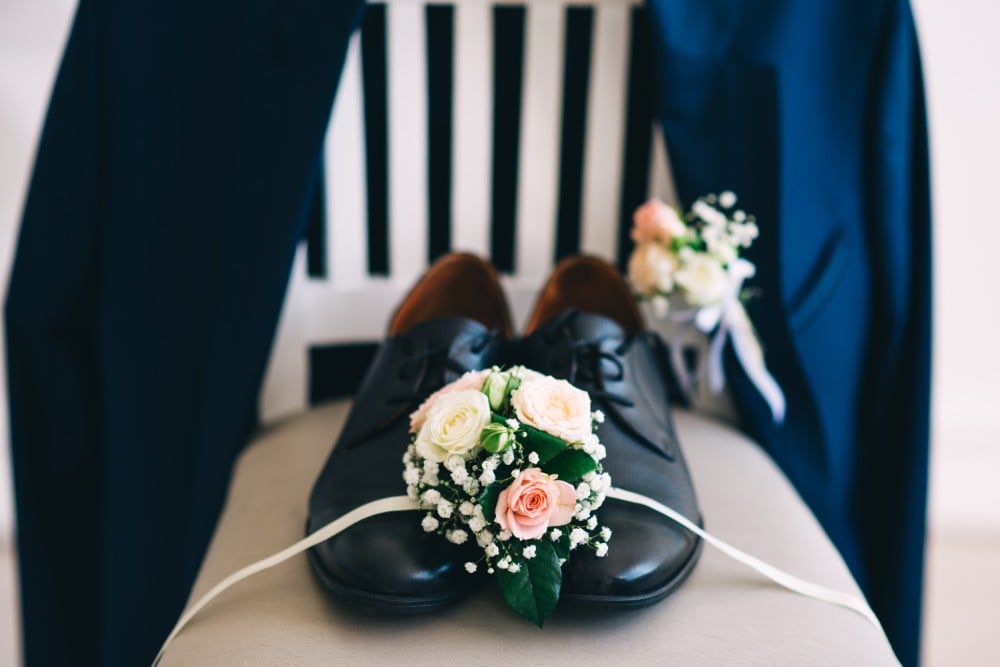 What color shoes with navy dress for Wedding ?08/20/2023Posted in: Wedding Fashion & StyleMatching shoe color with navy dress When teaming shoe color with a navy dress, it's essential to decide on a hue...Read more
What color shoes with navy dress for Wedding ?08/20/2023Posted in: Wedding Fashion & StyleMatching shoe color with navy dress When teaming shoe color with a navy dress, it's essential to decide on a hue...Read more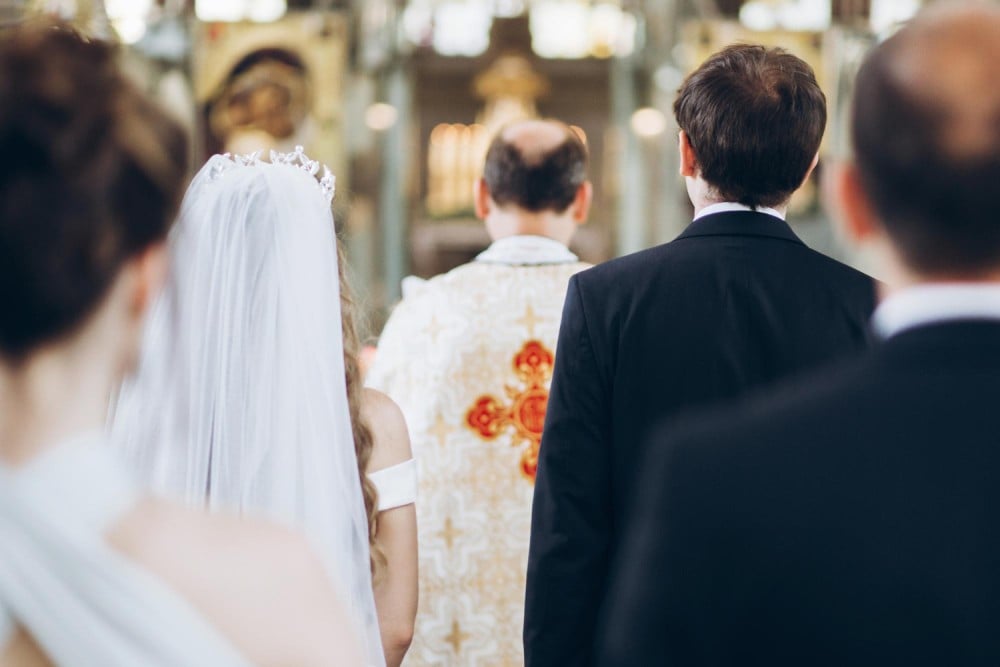 What to wear to a Church Wedding ?09/04/2023Posted in: Wedding Fashion & StyleAre you attending a church wedding and unsure about the dress code? Our latest article provides a deep dive into the...Read more
What to wear to a Church Wedding ?09/04/2023Posted in: Wedding Fashion & StyleAre you attending a church wedding and unsure about the dress code? Our latest article provides a deep dive into the...Read more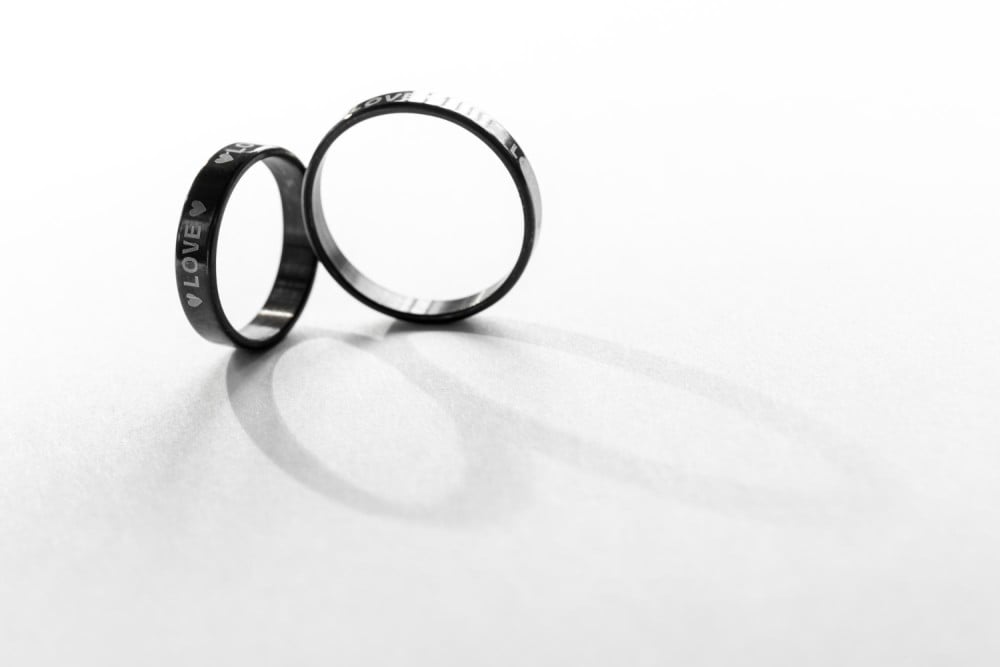 What does a black wedding ring mean ?06/12/2023Posted in: Miscellaneous Wedding AspectsWedding rings are a traditional symbol of love and commitment, but their style and design can vary greatly. In recent...Read more
What does a black wedding ring mean ?06/12/2023Posted in: Miscellaneous Wedding AspectsWedding rings are a traditional symbol of love and commitment, but their style and design can vary greatly. In recent...Read more How to become a wedding officiant in tennessee ?06/27/2024Looking to become a wedding officiant in Tennessee but not sure where to start? This comprehensive guide will walk...Read more
How to become a wedding officiant in tennessee ?06/27/2024Looking to become a wedding officiant in Tennessee but not sure where to start? This comprehensive guide will walk...Read more How to bustle a tulle wedding dress ?05/21/2024Posted in: Wedding Fashion & StyleAre you a bride-to-be with a tulle wedding dress and wondering how to bustle it for the big day? Look no further!...Read more
How to bustle a tulle wedding dress ?05/21/2024Posted in: Wedding Fashion & StyleAre you a bride-to-be with a tulle wedding dress and wondering how to bustle it for the big day? Look no further!...Read more Planning Your Honeymoon Tips for an Unforgettable Trip05/20/2024Posted in: Wedding PreparationsPlanning your honeymoon is an exciting and important step in beginning your life together as a married couple. From...Read more
Planning Your Honeymoon Tips for an Unforgettable Trip05/20/2024Posted in: Wedding PreparationsPlanning your honeymoon is an exciting and important step in beginning your life together as a married couple. From...Read more The Dos and Donts of Wedding Guest Etiquette05/16/2024Posted in: Wedding Traditions & EtiquettePlanning to attend a wedding soon? Make sure you brush up on your wedding guest etiquette to ensure you have a great...Read more
The Dos and Donts of Wedding Guest Etiquette05/16/2024Posted in: Wedding Traditions & EtiquettePlanning to attend a wedding soon? Make sure you brush up on your wedding guest etiquette to ensure you have a great...Read more The Importance of PreWedding Counseling What You Should Know05/13/2024Posted in: Wedding PreparationsAre you and your partner considering pre-marriage counseling but not sure what to expect? This article is here to...Read more
The Importance of PreWedding Counseling What You Should Know05/13/2024Posted in: Wedding PreparationsAre you and your partner considering pre-marriage counseling but not sure what to expect? This article is here to...Read more








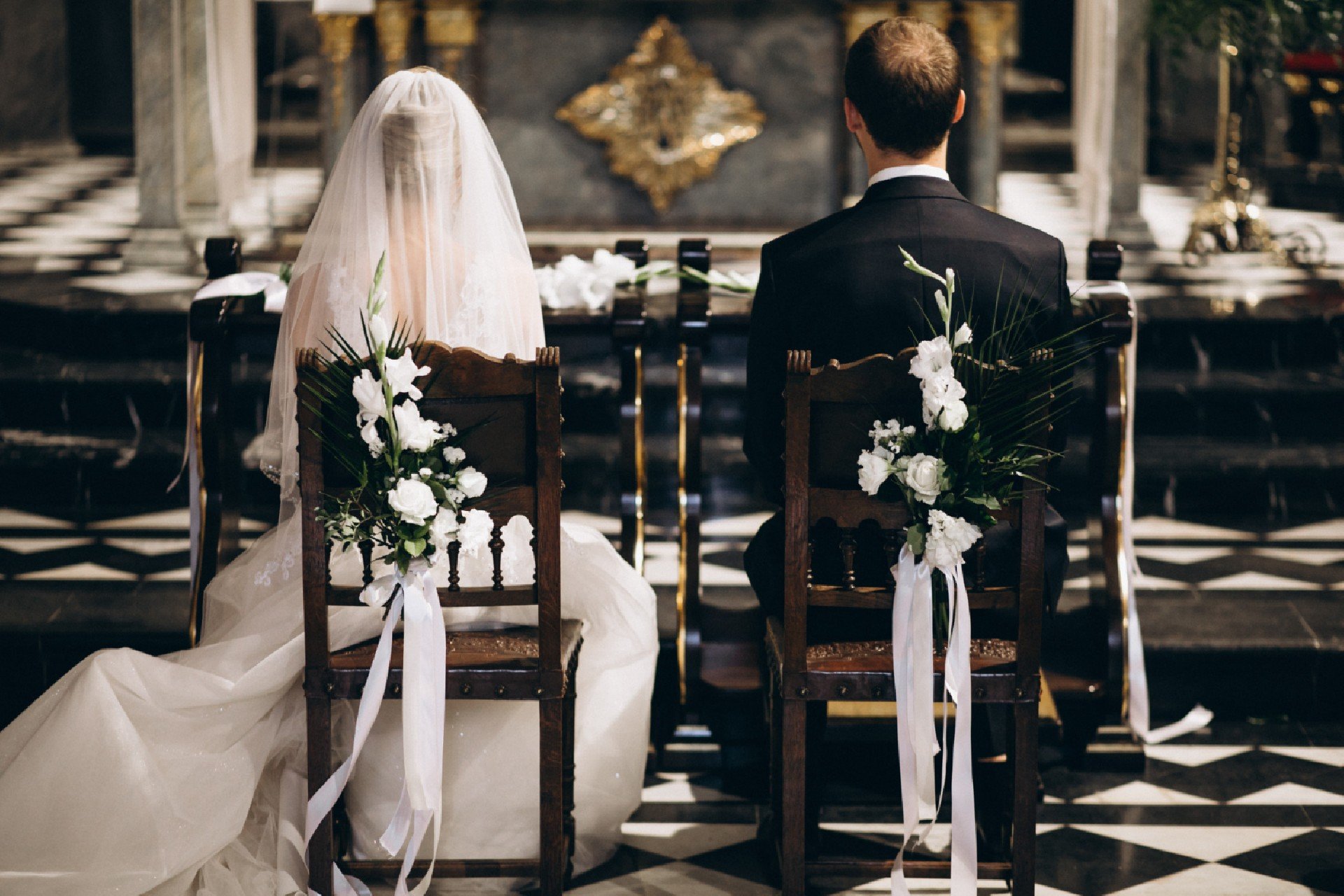


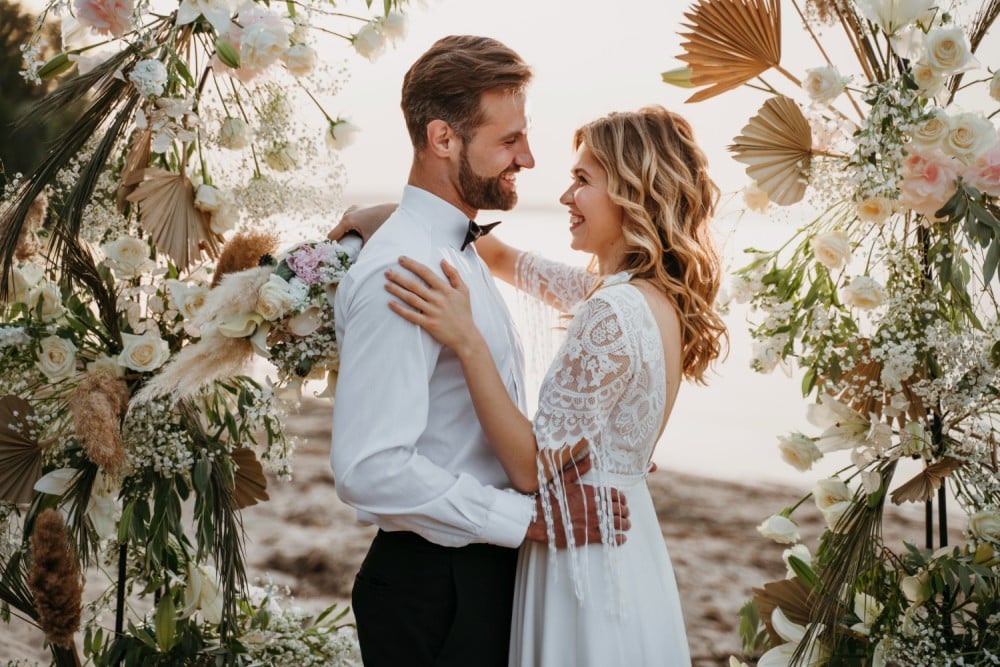
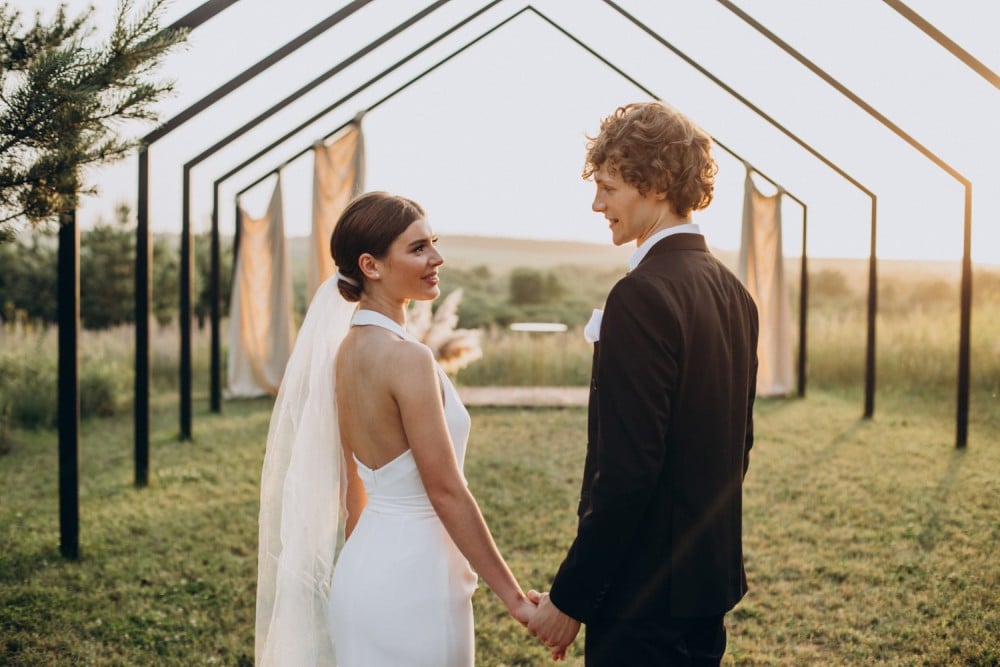
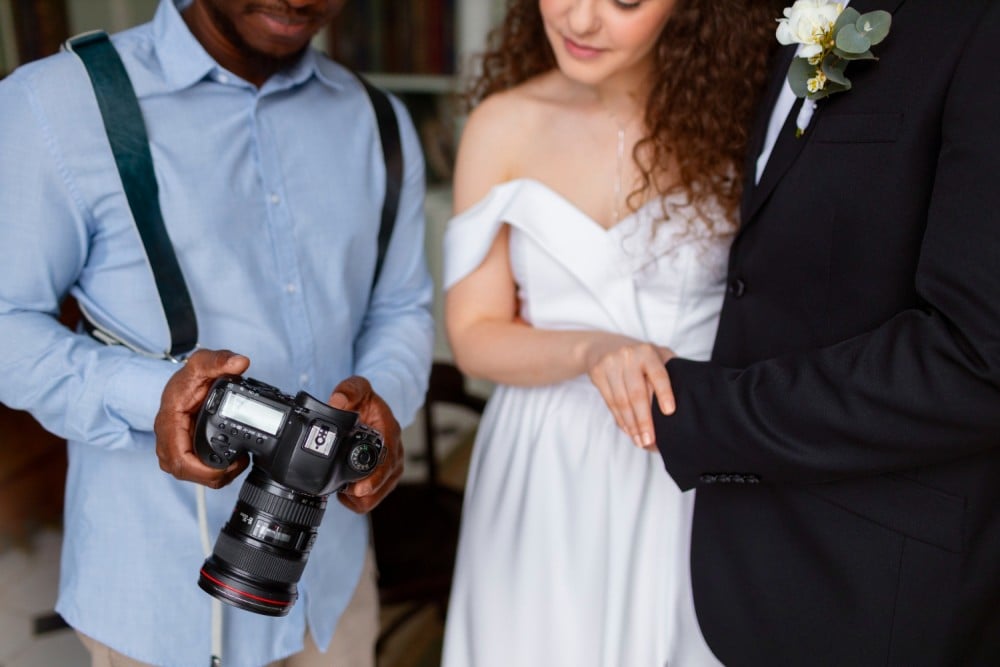

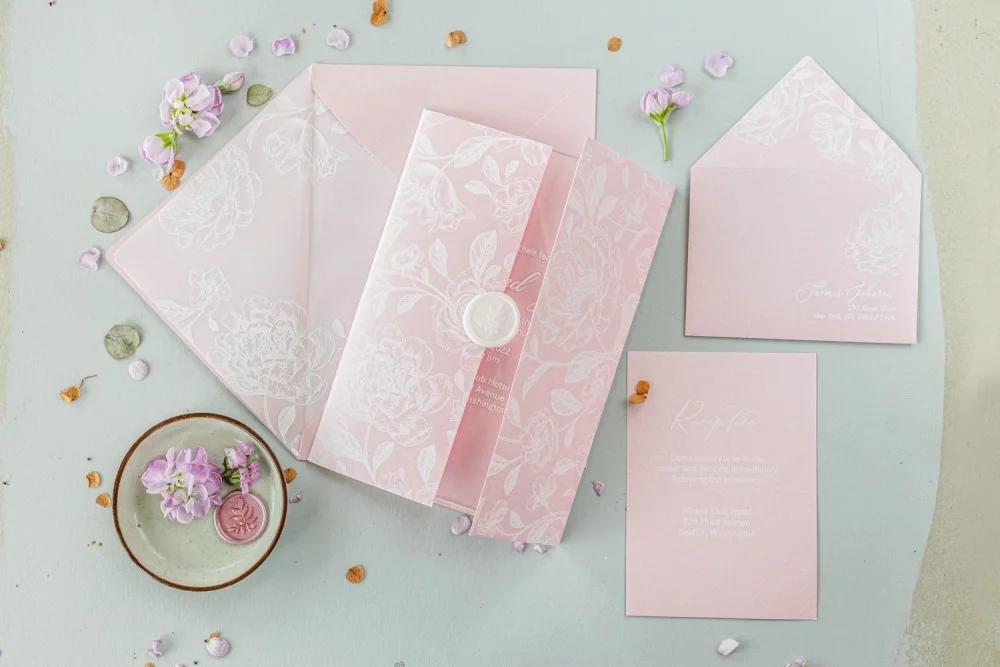
Top authors